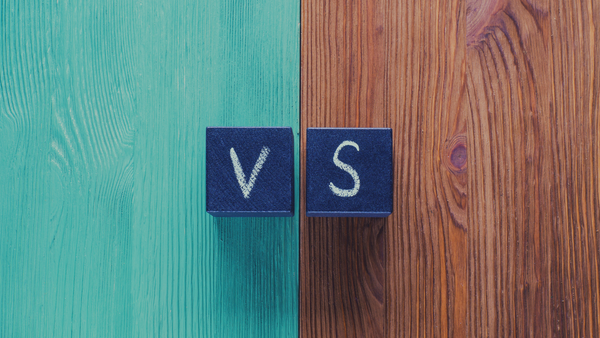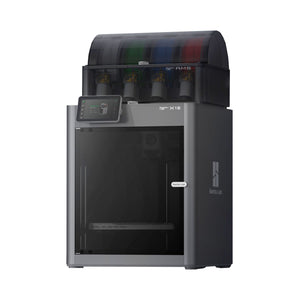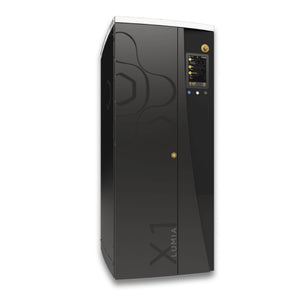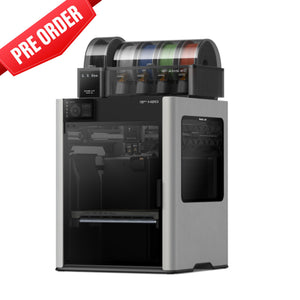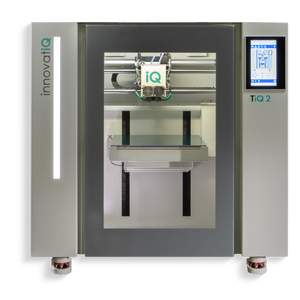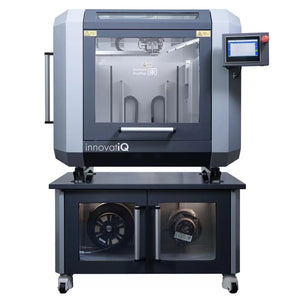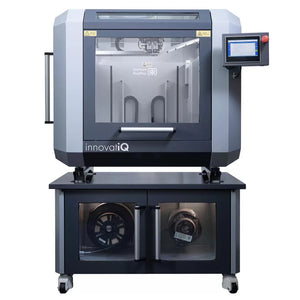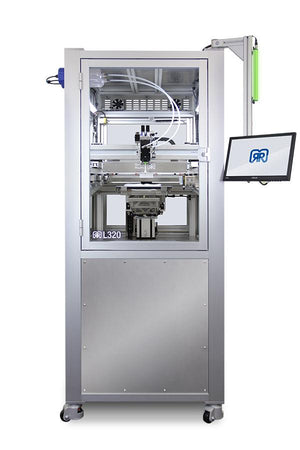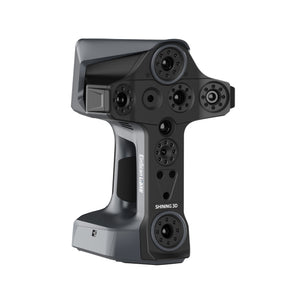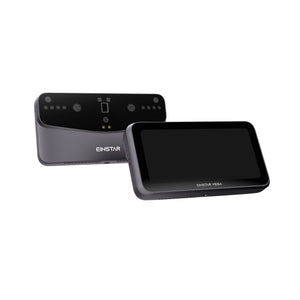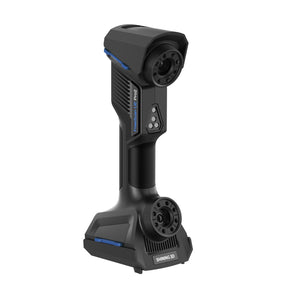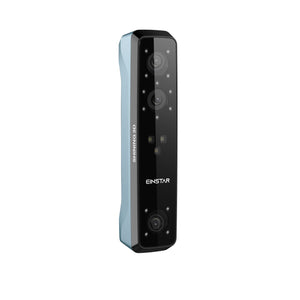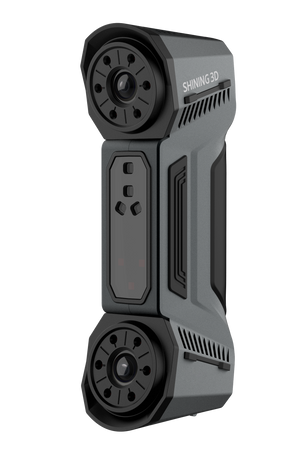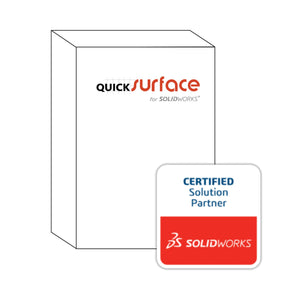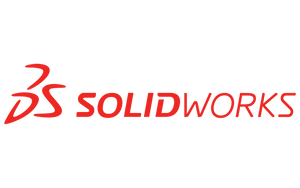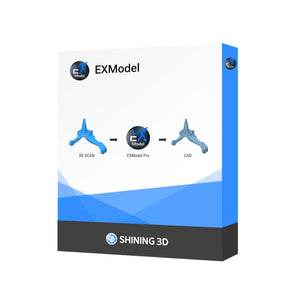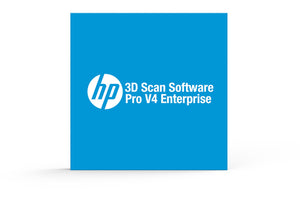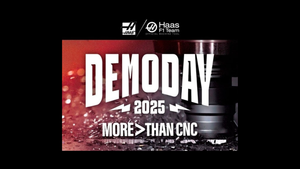Mar 11, 2022
Sintratec vs. Sinterit SLS 3D Printers

When you are shopping around for a new SLS 3D printer, it only makes sense to consider all of the options available on the market. At the moment, the two leaders in affordable SLS 3D printing are Sintratec and Sinterit. With names this close, it is not surprising when we find customers confused between the two brands.
SIMILARITIES
-
European roots
- Sintratec 3D printers are designed and manufactured in Switzerland.

- Sinterit 3D printers are designed and manufactured in Poland.

-
Focus on Selective Laser Sintering (SLS) technology
- While many newcomers to the SLS market are chasing the "next big thing", both Sintratec and Sinterit have focused on SLS technology since their inception.
- Sintratec was founded in 2014 and has won 14 prestigious awards for their technology.
- Sinterit was also founded in 2014 and has won 9 awards for their technology.
-
Affordability
- Both companies identified a gap in the market for SLS 3D printing technology, which prior to 2014, required an investment of at least $200,000.
- Sintratec has focused their development on serving researchers, professionals and industrial customers, with prices ranging from $6,000 - $40,000.

- Sinterit has focused their development on high level hobbyists and business looking to explore SLS, with prices ranging from $13,000 - $60,000.
- With the impending release of the NILS 480, Sinterit now has a 3D printer that may appeal to the industrial consumer.

-
US partners
- Sintratec is represented by 3DChimera (that's us). 3DChimera was founded by engineers for engineers and is based in Miami, FL. We have been in business since 2013 and service customers around the USA including Apple, DuPont, Toshiba, Adidas, the US Army and many other organizations large and small. We have been working with Sintratec since 2017.
- Sinterit is represented by 3DHerndon. They were founded in 2014 and are based in Herndon, VA.
-
Nylon & TPE printing capability
- The Sintratec printers can print PA12 and TPE right out of the box, with may new materials in development like Carbon Fiber Nylon, Glass Fiber Nylon, and Polypropylene (PP). In addition, the Sintratec Kit is an open material 3D printer, allowing for exotic applications.
- The Sinterit printers can print PA11, PA11 ESD, PA 11 Carbon Fiber, PA12, TPE, "Flexa", and Polypropylene (PP) in their stock configurations, dependent on machine.
-
Low power laser
- Both the Sintratec and Sinterit printers utilize a low power laser to sinter the powder in the build chamber.
- Traditionally, the laser is the most expensive component in an SLS system, and the cost savings from this lower power laser is how these systems can be manufactured to be more affordable that other competitors.
- In order for this to work, the wavelength of the laser and the color of the powder must be tuned to work perfectly together - this is why the most of the materials printed on these machines use grey powder.

DIFFERENCES
While there are many similarities between the two brands, there are also some big differences which need to be considered for your unique application.
-
Build volume
- All SLS 3D printers have an available build volume and a usable build volume. The usable build volume is the area where the parts are able to be printed without concern regarding warping or curling during the print process. This volume can vary by material.
- These are the maximum usable build volumes for the Sintratec and Sinterit SLS 3D Printers:

- From these specs and photos of the printers above, you can see that the Sintratec S2 is a ground up redesign of the Sintratec Kit. The Sintratec S2 is a modular system with a cylindrical build volume.
- The Sinterit Lisa, Lisa Pro, and Lisa X are virtually the same printer, with the Lisa Pro and Lisa X each having a slightly taller build volume than the standard Lisa model.
- The Sinterit NILS 480, when released, is geared for industrial consumers with Sinterit’s largest build volume.
-
Laser construction & print speed
- All Sintratec 3D printers use a galvo-based laser system. This allows the laser to remain in a fixed position while precision galvos direct the laser pattern and permits the Sintratec printers to be 4-8x faster when printing the exact same geometry as Sinterit.
- The speed of the Sintratec printers is determined by the height of the parts in the z-direction.

-
Learning opportunity & lower initial investment with Sintratec Kit
- The Sintratec Kit is the first and only kit based SLS 3D printer available on the market. This allows the builder to learn every component in the system during the assembly process, making it perfect for educational and research environments.
- Since you the option to assemble, the Sintratec team passes the savings along to you, making it the least expensive SLS 3D printer on the market.
-
Modular system allows for controlled growth with the Sintratec S2
- The Sintratec S2 is broken into 3 main modules - a laser sintering station, material core unit and material handling station.

- Each of these modules can be purchased separately when you need to increase throughput or capacity.
- This allows you to control expenses and strategically invest in more hardware on an as needed basis.
- Common expansion sets include the starter cell plus and production cell to accompany the starter cell.


-
Sintratec SLS 3D printers are built for industry and research
- The Sintratec S2 was developed to allow organizations to invest in SLS 3D printing for all applications, including short run production. The speed of this system allows it to compete with systems that cost 200-300% more than the S2, with equivalent or better quality on the final parts.
- The Sintratec Kit is a completely open material system, allowing researchers to develop and test new powders easily. In addition, the Sintratec Kit has fully open parameters allowing you to easily tweak things like speed, laser pattern density, perimeters and more.

